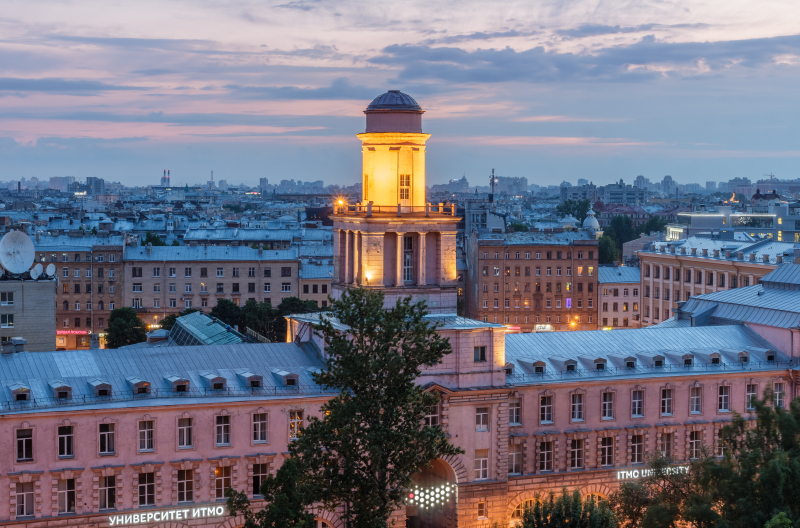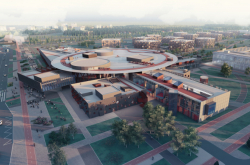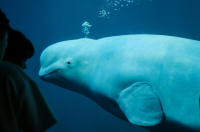Fact #1-2: ITMO before ITMO
If you’ve been to ITMO, you’ll already know that its campus is not one place, but rather a series of locations spread throughout the historical center of St. Petersburg. The buildings range from relatively new to quite old – and many pre-date the university itself. So, what are their stories?
We’ll start with a location familiar to any international student: Lomonosova St. 9, home to the International Office. Even though this campus had only become part of ITMO within the past decade, its educational history goes back centuries; namely, to 1871, when a new building, complete with its own church, was erected for the Imperial Commercial College. Yes, you heard it right, a church! Even today, the elegant arched windows are a dead giveaway for the building’s original purpose. It’s no surprise that students and staff will still refer to it colloquially as церковь (tserkov – “church”).
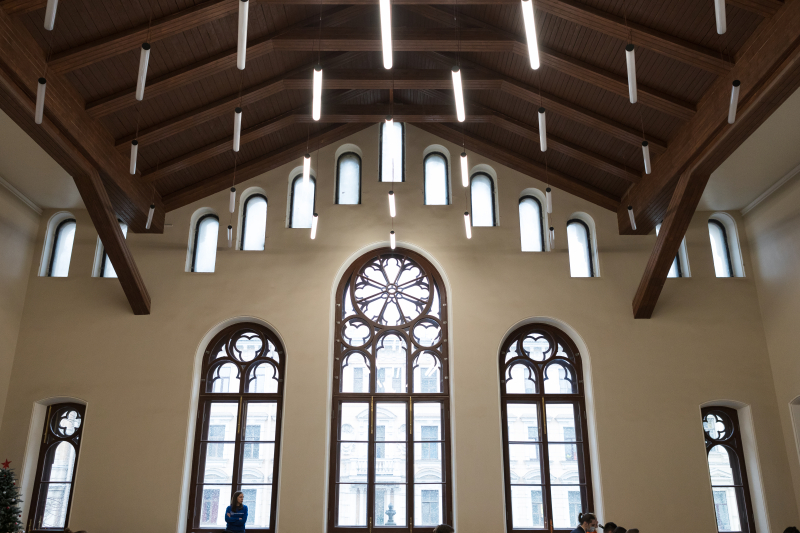
Inside the "church" on Lomonosova St. 9. Photo by ITMO.NEWS
An even more fascinating story involves the building on Birzhevaya Liniya 16, now host to ITMO Technopark and several faculties. Its origins trace back to a name familiar to any St. Petersburg tourist – the Eliseyevs of Eliseyev Emporium fame. It was here, back in the early 19th century, that the dynasty’s founder built a two-story warehouse for wine storage. As the family business grew over the years, the building expanded with residential and office premises – and even a chocolate factory! In the 1930s, now part of the State Optical Institute, it underwent a major expansion, growing a few stories in the process – but the original building can still be easily recognized.
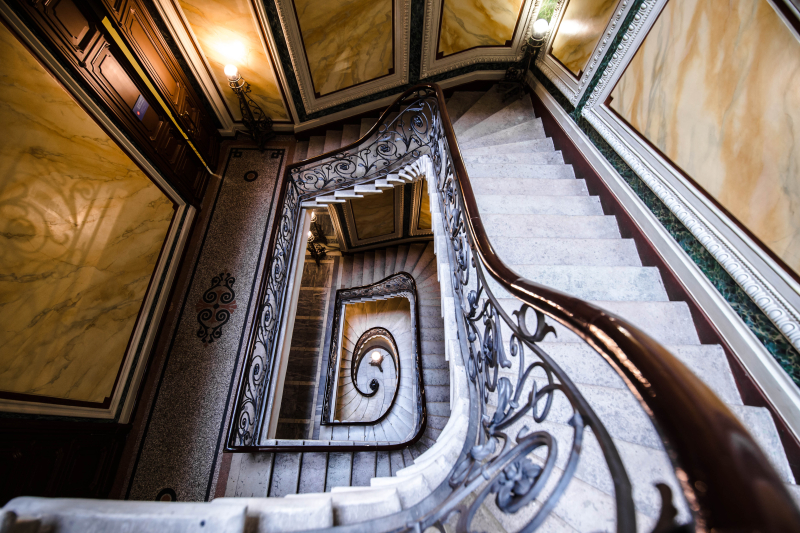
Inside the building on Birzhevaya Liniya 16. Photo by ITMO.NEWS
Fact #3: A dish made with love
We cannot, of course, forget the university’s main campus building on Kronverksky Prospekt 49. What stories does it have to tell? Well, here’s one for the history books: have you ever glanced at the large satellite dish atop the building and wondered what it does?
It is, in fact, a part of RUNNet (now-NIKS) – a nationwide university network founded upon ITMO’s initiative all the way back in 1994, at the dawn of internet access in Russia, to establish communications with the world’s scientific community. Even today, the network connects 300+ members all across the country, from St. Petersburg to Vladivostok and everywhere in between.
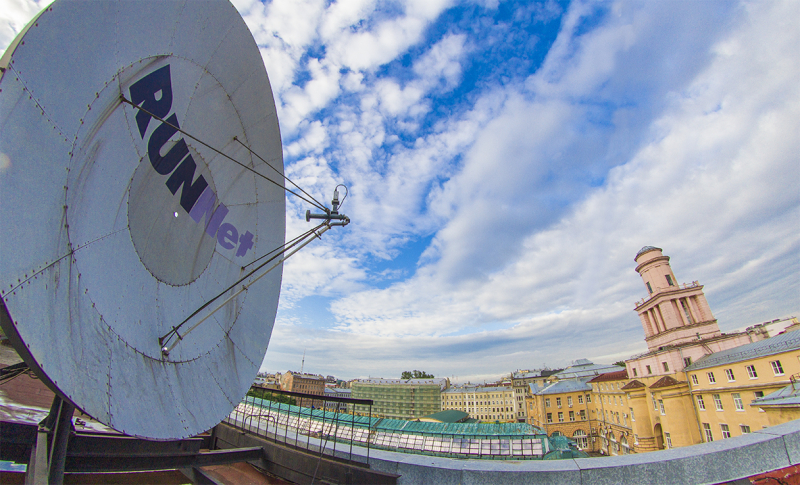
The RUNNet satellite dish. Credit: ITMO University / Wikimedia Commons / CC BY 4.0
Fact #4: ITMO’s space accomplishments
Our achievements stretch far beyond the Earth’s surface. Take, for instance, the Large Altazimuth Telescope, aka BTA-6. Located in the Caucasus Mountains, for nearly two decades it had been the world’s largest optical telescope – even today, it remains one of the Russian astronomers’ most powerful tools.
You may have already guessed that its creation wasn’t without a contribution from ITMO – or LITMO, as it was then called. Indeed, its most crucial and challenging element, a massive six-meter mirror, was developed by, among others, experts from the university. It took them almost a decade to design the mirror and make it – and another two months to transport it to its new home. You can read in full about this project (and others) in our timeline of science at ITMO.
Fact #5: More than a university
Circling back to the International Office – between 2018 and 2023, many of its visitors may have passed, unaware, by a most curious thing: the Honorary Consulate of the Oriental Republic of Uruguay. How’d it end up there? Well, it has to do with our Rector Vladimir Vasilyev’s title as the honorary consul of Uruguay in St. Petersburg: this special diplomatic status, awarded for a five-year period, is granted to those who are actively involved in international collaboration between two nations – in this case, Russia and Uruguay.
